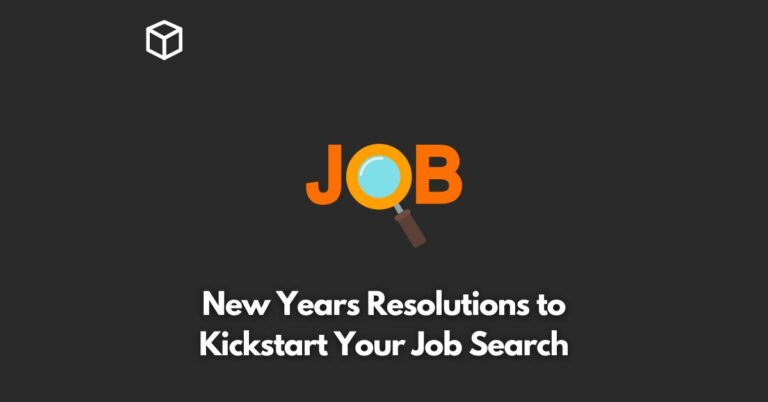The job search process can be daunting, especially with the increasing competitiveness in the job market.
While each employer seeks unique qualities in their recruits, there are proven ways to distinguish yourself as a highly credible candidate.
This article delves into critical strategies to help you secure your dream job.
1. Develop and Specialize Your Skills
One of the top recommendations in LinkedIn’s Job Search Guide is specialization.
Rather than trying to be a jack of all trades, focus on what you do best and continually hone that skill.
Start by making a comprehensive list of your skills, then identify those areas where you excel.
Focusing on a specialized skill not only elevates your expertise in your field but also portrays you as a passionate and dedicated professional.
In today’s job market, having a highly valued and in-demand skill can significantly enhance your chances of landing your dream job.
Due to the persistent skills gap in many industries worldwide, those with specialized skills are increasingly sought after.
Whether it’s proficiency in a foreign language, data analysis, or digital marketing, specialized skills can make you a top contender for job opportunities.
2. Plan Your Career Progress
Planning your career progression is vital for your long-term professional growth.
A well-articulated career plan prepares you to answer the common job interview question, “Where do you see yourself in a few years?”
Your plan should outline the milestones you aim to achieve, thereby giving you a clear roadmap to the opportunities you should pursue.
LinkedIn suggests setting up a six-month, one-year and two-year career progression plan.
This can act as a form of self-accountability, ensuring you’re actively working towards your professional goals.
Your career plan also serves as a periodic evaluation tool. If you haven’t met your set objectives within the defined timeframe, it signals the need for strategic intervention – from having candid discussions with your manager to seeking alternative opportunities to fulfill your career aspirations.
3. Optimize Your Job Application Materials
The key to standing out among a sea of applicants lies in crafting a tailored job application.
Tailoring your application to each specific role you’re applying for helps align your skills and experience to the job requirements.
This level of personalization helps you navigate automated application systems while also simplifying the decision-making process for hiring managers.
Your LinkedIn profile serves a different purpose, allowing you to elaborate on your past experiences and accomplishments.
Use it as a platform to showcase your portfolio and highlight your key contributions, thereby amplifying your employability.
Implementing relevant keywords in your job applications and LinkedIn profiles helps optimize your visibility in applicant tracking systems and LinkedIn searches.
As LinkedIn’s Job Search Guide aptly puts it, your profile is a “living resume” and should be effectively optimized.
4. Honesty is the Best Policy
Being truthful about your competencies can save you from potential trouble down the line.
Overstating your skills or knowledge in an application only sets you up for potential failure when you’re expected to deliver on those claims.
Instead, embrace areas where you’re less knowledgeable and express your eagerness to learn and grow.
Use past experiences where you’ve successfully learned new skills to demonstrate your adaptability and drive.
By following these strategies, you can position yourself as a top candidate in your job search.
This requires regular self-assessment, continuous learning, strategic planning and a keen eye for detail in your application materials.
5. Networking and Professional Branding
Beyond the strategies outlined, networking and professional branding play a crucial role in enhancing your job search prospects.
Networking helps you establish valuable connections in your industry, opening doors to opportunities that may not be publicly advertised.
This can range from attending industry events, webinars, or even informal gatherings. Social platforms, like LinkedIn, can also be effective networking tools.
On the other hand, professional branding involves developing a personal brand that embodies your skills, experiences and values as a professional.
This extends beyond your resume and LinkedIn profile to include your online presence, your communication style and your interactions with others.
A strong professional brand will make you more memorable and can help distinguish you from other candidates.
Final Thoughts
In conclusion, becoming a top candidate for a job requires a strategic blend of skill specialization, career planning, application optimization, honesty, networking and professional branding.
Adopting these strategies will set you on the path to landing your dream job.
Keep in mind that job searching is a process; perseverance, resilience and adaptability are vital elements in this journey.




